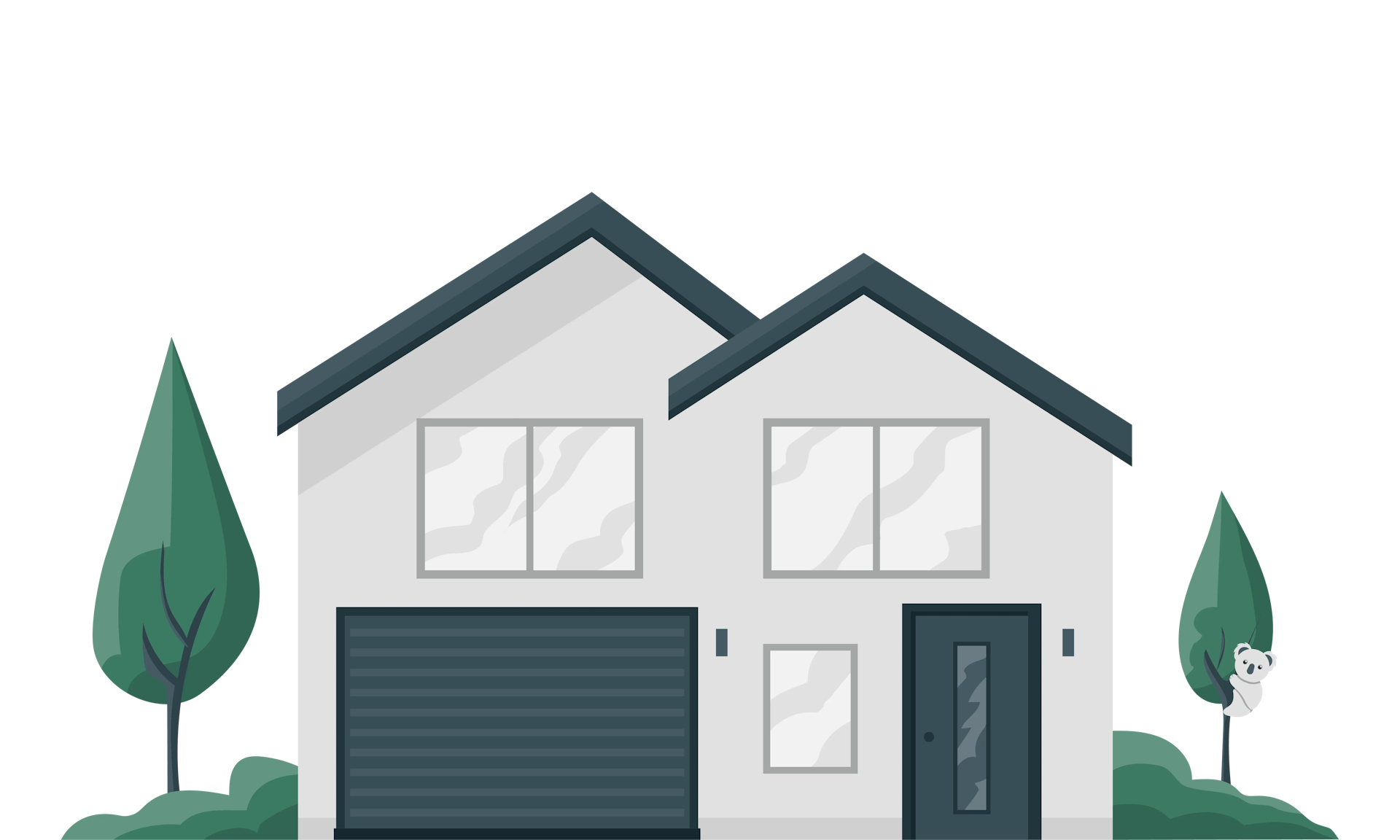
Owner occupied home loan guide
If you are a homeowner chances are you may not have reviewed your home loan for some time, in fact the ACCC suggested that Australians with loans that are 3-5 years old are, on average, paying an additional 0.58% over the loan's lifespan.
Even a single percentage point can have a significant impact. If you have a $500,000 home loan with an interest rate of 6% and you're paying 0.58 percentage points more than the best available rate, you're essentially paying more than necessary in interest. This translates to an average of $250 extra per month, $2,900 per year, and 87,000 over a 30-year loan term.
Book in a free Home Loan Health check up with one of our mortgage brokers today
Or use our refinance calculator to see how much savings you could obtain
Click here to speak to book a free consultation with one of our mortgage broker experts.
What is home equity?
If you’re someone who has diligently paid your mortgage for several years, or the property has increased in value there's a good chance you've accumulated a substantial amount of equity. This equity can be a valuable resource over time, allowing you to explore various financial opportunities such as purchasing an additional investment property, undertaking home renovations, purchasing a car, paying for a holiday or pursuing other financial objectives.
In straightforward terms, home equity refers to the gap between the current market value of your home and the outstanding balance on any loans secured by that property.
How much can I borrow?
Most lenders prefer to lend 80% LVR (loan to value ratio) against your owner occupied home, however some lenders will allow you to borrow 90% or 95%.
Book a call with one of our mortgage brokers to find out more or use our borrowing power calculator
What is Loan to Value Ratio (LVR)?
The Loan to Value Ratio (LVR) represents the amount you're borrowing as a percentage of the property's value that you intend to purchase. A larger deposit results in a lower LVR.
Here's an explanation of the Loan to Value Ratio and its significance in the context of securing your home loan.
What's Excluded from the Loan Amount When Calculating LVR?
It's essential to keep in mind that certain upfront expenses, such as conveyancing fees and stamp duty, are not factored into the loan amount when determining the LVR.
How to Calculate Your LVR
To calculate the LVR, divide the loan amount by the property's purchase price or valuation, expressed as a percentage.
For instance, suppose you wish to borrow $450,000, and the property is valued at $600,000. The LVR for your home loan would be calculated as follows
($450,000 loan ÷ $600,000 property value) x 100 = 75% LVR.
Compare rates from multiple lenders online.
Let our home loan experts secure the most suitable deal for you

The images or content displayed on the koalify.au website, which feature financial product details including interest rates, are solely for demonstration purposes.The Koalify website does not endorse any specific credit products, and nothing contained within the site should be interpreted as offering credit advice. Should you opt to engage with a Koalify home loan expert, credit assistance might then be provided, at which point you will receive the pertinent information and documentation relevant to your interaction. Access and use of this site and any of its services are governed by our Terms & Conditions and Privacy Policy.
© 2024 Koalify. KOALIFY GROUP PTY LTD trading as Koalify. ABN 43673755130. Credit Representative Number 557851 is authorised under Australian Credit Licence Number 389328. All Rights Reserved.
